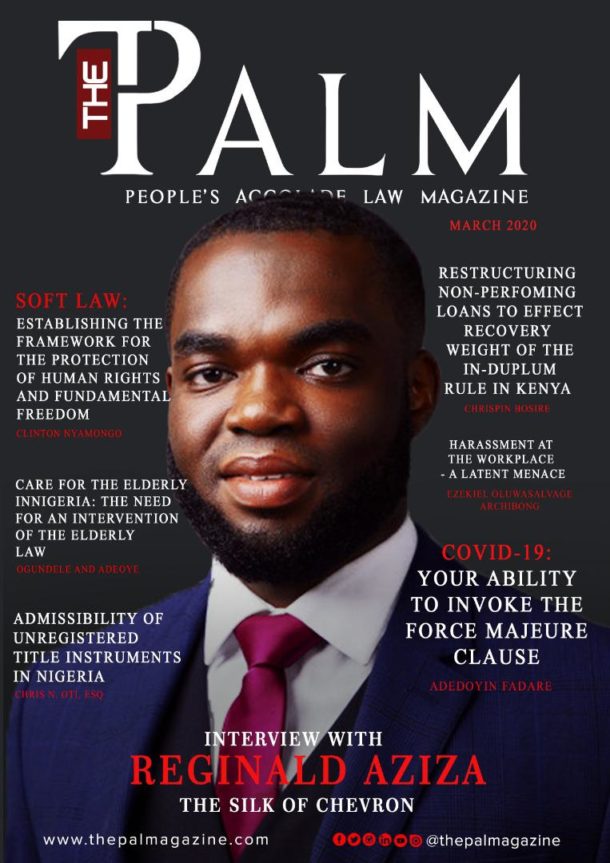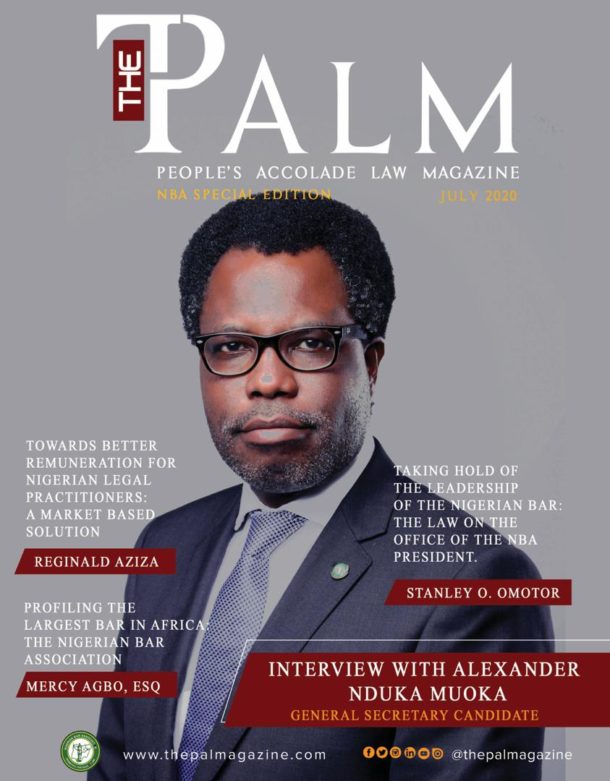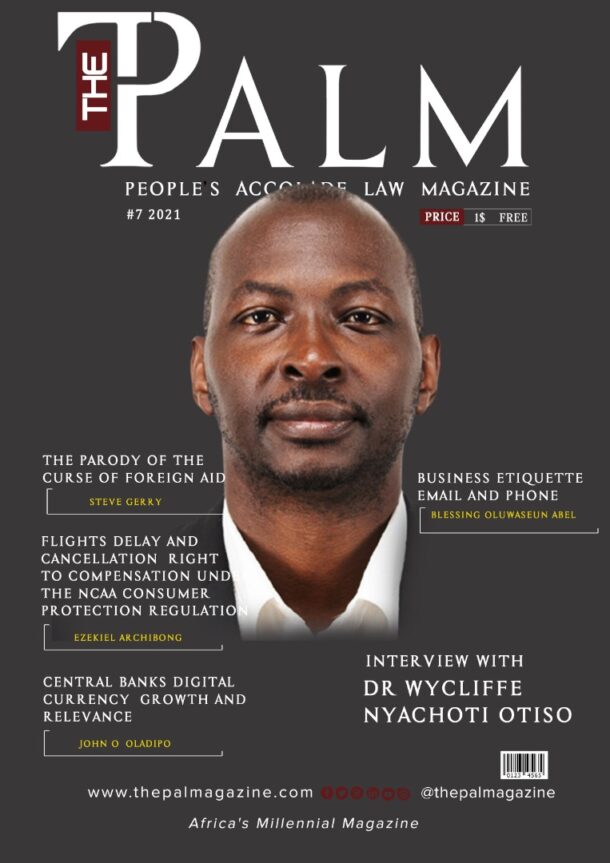The implementation of a project through the creation of a management company (société de gestion in French), backed by an asset company (société de patrinoine in French), is a structure that can offer other advantages than those presentedby the contractual structures set out in our current regulations(implementation of a project via a public contract, via a long lease (bail emphythéotique), via a PPP).
The main advantage of this type of scheme is to allowdifferent rounds of financing in each of the companies and therefore to gather the maximum number of stakeholders, whose interests may be complementary, to have the debt borne solely by the asset company, to not involve the privateoperator in the investment by the asset company and to strictlyconfine the private operator to its role as operator.
This model has been particularly used in countries where the State exercises a dominant role and where public opinion isnot ready to accept what it describes as the “privatisation” of public infrastructure, in particularly sensitive sectors of activity such as Energy, Water, Rail infrastructure, etc. It has also been implemented in a number of countries that have no French-style “concession”, but in these cases the privateoperator was generally on both sides, holding a majority or minority participation in the asset company and systematicallya capital majority in the management company.
It has also been used in the context of the deregulation of public monopolies (the notion of ‘unbundling‘), with the asset company being responsible for carrying the historical public network infrastructure (Gas and Electricity, and more recentlyRailway infrastructure) as well as the debt generated by thesenetworks, thus making it possible to open up these networks to all operators (and no longer only to the historical monopolyoperator).
Finally, this scheme has been used to deconsolidate the debtand lighten the balance sheet of the operator, which thus“transfers” the debt and the consolidated assets to the assetcompany, provided of course that all the other conditions for deconsolidation are satisfied.
When considering the structuring of a project using a management company backed by an asset company, the issue is different from that of unbundling or deconsolidation. If, in this contractual scheme, the asset company holds the debt, as in the case of unbundling or deconsolidation of the debt. When this contractual scheme is envisaged ab initio, it alsohas the task of designing or commissioning the design and construction of the planned infrastructure : it then holds the entire “upstream” part of the project, from its financing, design and construction to its operation. It is at this stage thatthe risks are transferred and the operation is assigned to the management company for a fixed period.
Although this contractual model was commonly used in Eastern Europe during the period of ‘democratic transition’ prior to the entry of these countries into the European Union, it has not been widely adopted since then, as it’s currentlysubject to the requirements of European public procurementlaw.
Transposed to Côte d’Ivoire or Senegal, and as soon as one wishes to associate legal persons under public law as stakeholders in the project, this contractual scheme may alsobe subject to the constraints of Ivorian/Senegalese public procurement law, as often as a “contracting authority“, withinthe meaning of Article 2 of the Public Procurement Code, becomes a shareholder in the asset company.
Indeed, once a ‘contracting authority‘ becomes a shareholderof the asset company, it can no longer freely delegate the operation of the infrastructure to the management company, as it would then be subject to legislation on public procurementand would consequently have to proceed with a competitivetendering procedure to award the management agreement (contrat de gestion). Consequently, the structure of a projectin this form – a management company backed by a asset company – appears very uncertain when the project’s promoter– private operator – is in the situation that it’s desired to structure ab initio.
The European administrative law doctrine of “in-house”, which consists of exempting the contracting authority from the obligation to submit the project to competition, only works if this same contracting authority, which is assumed to be the majority shareholder of the asset company, also has a majorityor at least operational control over the management company“as if it were its own services”. In addition to the fact thatIvorian public law doesn’t seem to have transposed …click to continue reading

#6 2021 Edition

































